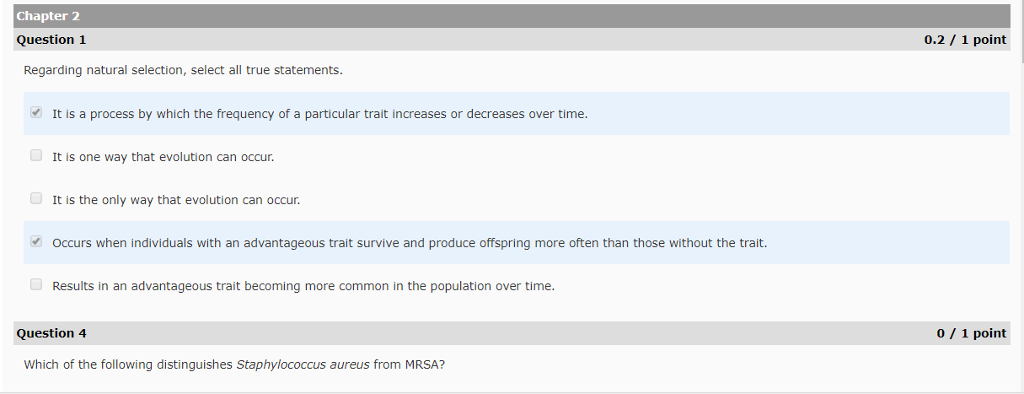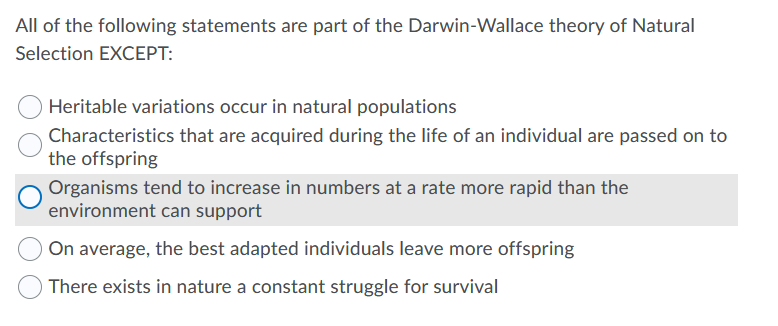Which Of The Following Statements About Natural Selection Is True

A global consortium of evolutionary biologists has released a definitive statement on natural selection, settling decades of debate and clarifying common misconceptions. The groundbreaking announcement, published in Nature, addresses which fundamental principle accurately reflects the mechanisms driving evolutionary change.
The core finding: "Natural selection operates on existing variation within populations; it does not create variation." This declaration aims to correct widespread misunderstandings that often portray natural selection as a creative force generating novel traits, rather than a process acting upon already present genetic diversity.
The Correct Statement Decoded
The statement directly refutes common misinterpretations. Specifically, it clarifies that natural selection does not *invent* new traits. Instead, it acts like a filter, favoring individuals with traits that already exist and provide a survival or reproductive advantage in a given environment.
This variation arises from random mutations and genetic recombination. Natural selection then sorts this existing variation, increasing the frequency of beneficial alleles and decreasing the frequency of harmful ones within a population.
The consortium, composed of researchers from over 50 institutions worldwide, analyzed data from diverse fields including genetics, ecology, and paleontology. The comprehensive review encompassed millions of data points collected over several decades.
Addressing Common Misconceptions
One common misconception is that organisms consciously adapt to their environment through natural selection. This anthropomorphic view is fundamentally incorrect. Natural selection is a blind process, operating without foresight or intention.
The process is driven by differential reproductive success. Individuals with advantageous traits are more likely to survive, reproduce, and pass on those traits to their offspring.
Another widespread misunderstanding is that natural selection always leads to perfection. Evolution is constrained by historical contingency and trade-offs. An organism might evolve a trait that is beneficial in one context but detrimental in another.
"There is no 'perfect' organism," explained Dr. Evelyn Reed, lead author of the Nature publication from the University of California, Berkeley. "Evolution is an ongoing process of adaptation to a constantly changing environment."
The Evidence Base
The conclusion is supported by a vast body of evidence. This include experimental studies on microbial evolution, field observations of adaptation in natural populations, and genomic analyses of evolutionary history.
For example, research on antibiotic resistance in bacteria provides compelling evidence of natural selection acting on existing variation. Bacteria with pre-existing mutations that confer resistance to antibiotics are more likely to survive and reproduce in the presence of those drugs.
Similarly, studies of beak size in Darwin's finches on the Galapagos Islands demonstrate how natural selection can drive rapid evolutionary changes in response to environmental fluctuations. Peter and Rosemary Grant's decades-long research on these finches provided invaluable insights into the dynamics of natural selection.
The Role of Mutation
While natural selection acts on existing variation, mutation is the ultimate source of new genetic variation. Mutations are random changes in the DNA sequence that can introduce new alleles into a population.
Most mutations are neutral or harmful, but occasionally, a mutation will arise that confers a selective advantage. This beneficial mutation can then be amplified by natural selection.
It's crucial to recognize the interplay between mutation and selection. Mutation provides the raw material for evolution, while selection shapes that material into adaptive forms.
Implications for Education and Research
The clarified statement has significant implications for science education and research. Educators must emphasize that natural selection is not a creative force, but a selective one. This understanding is crucial for accurately conveying the mechanisms of evolution.
Researchers should continue to investigate the interplay between mutation, selection, and other evolutionary processes. A deeper understanding of these interactions is essential for addressing pressing challenges such as climate change and emerging infectious diseases.
Dr. Kenichi Ito, a member of the consortium from the University of Tokyo, emphasized the importance of public understanding. "Accurate knowledge of evolution is essential for informed decision-making on issues ranging from conservation biology to public health."
Next Steps
The consortium plans to develop educational resources and outreach programs to promote a more accurate understanding of natural selection. These resources will be available to educators, students, and the general public.
Further research will focus on exploring the genetic basis of adaptation and the role of other evolutionary processes such as genetic drift and gene flow. The team will also develop more sophisticated models to predict how populations will respond to environmental change.
The scientific community hopes that this definitive statement will contribute to a more nuanced and accurate understanding of evolution by natural selection. Continuous refinement of our understanding is critical for addressing real-world problems and advancing scientific knowledge.

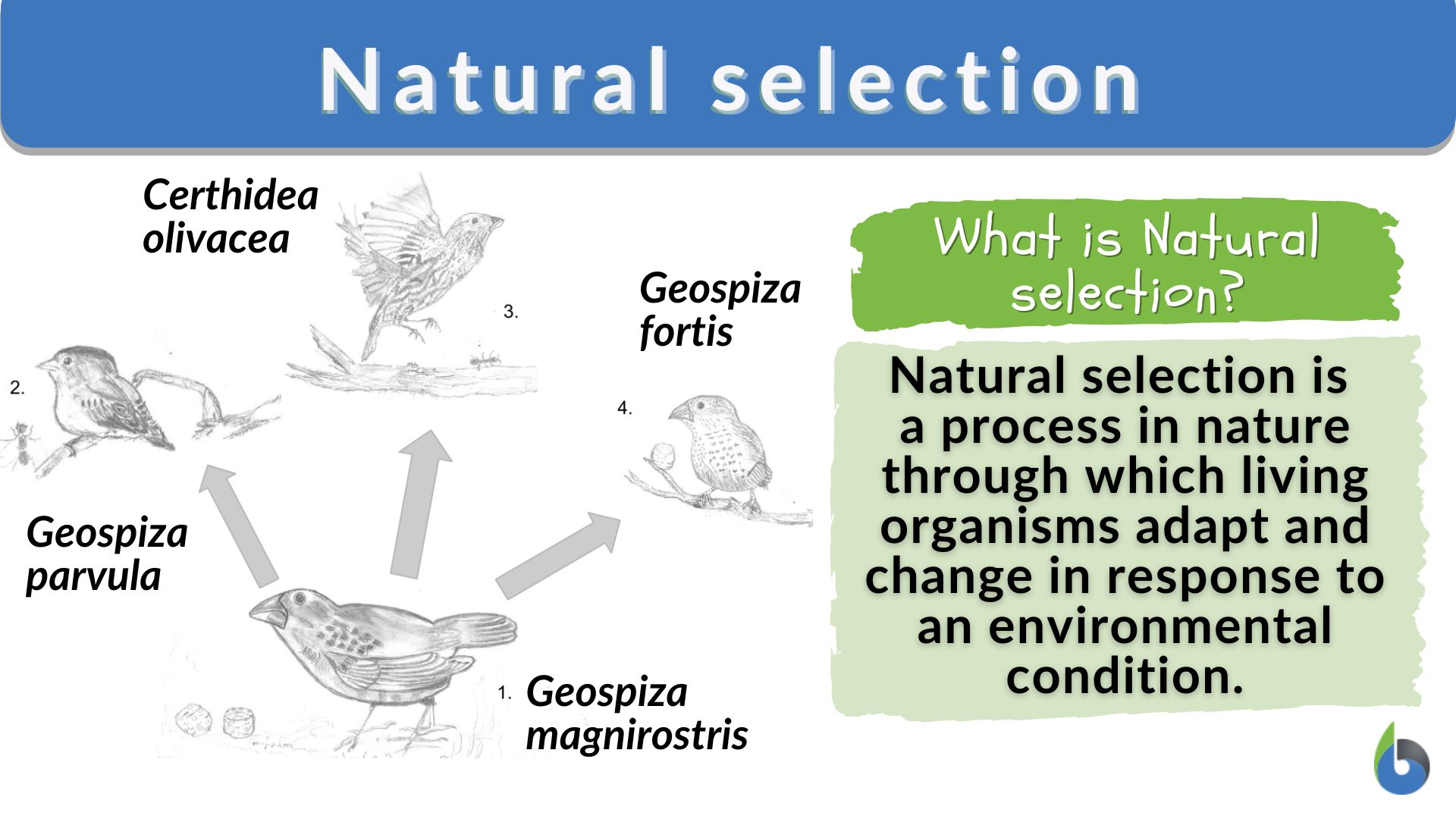

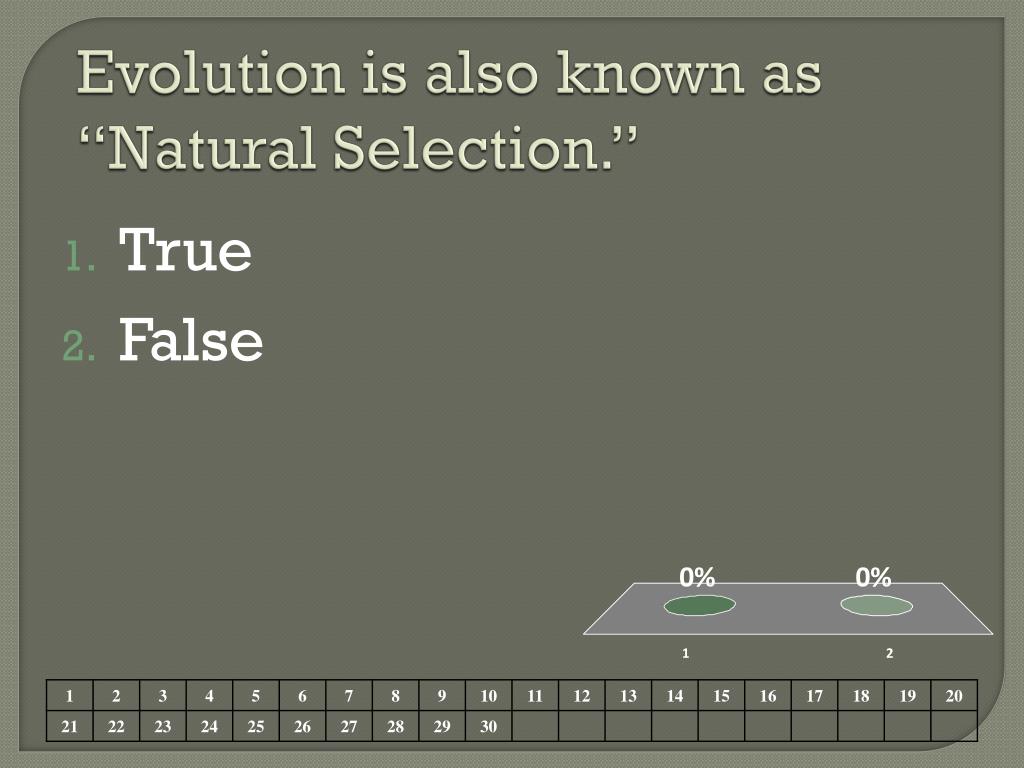
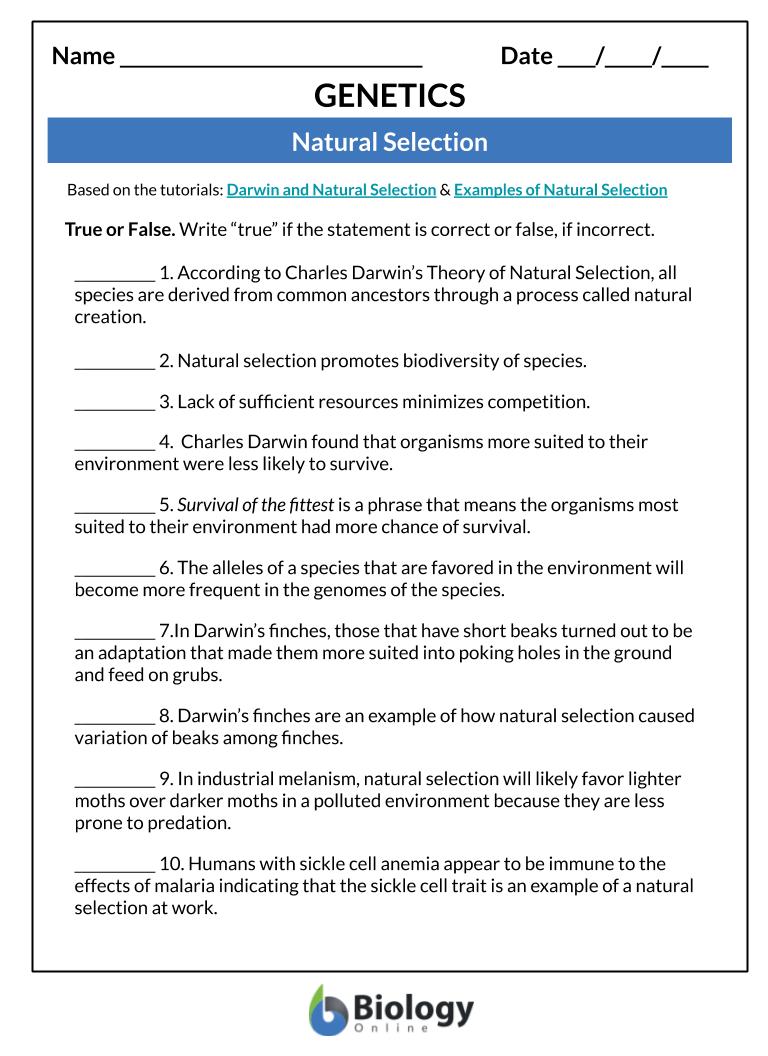
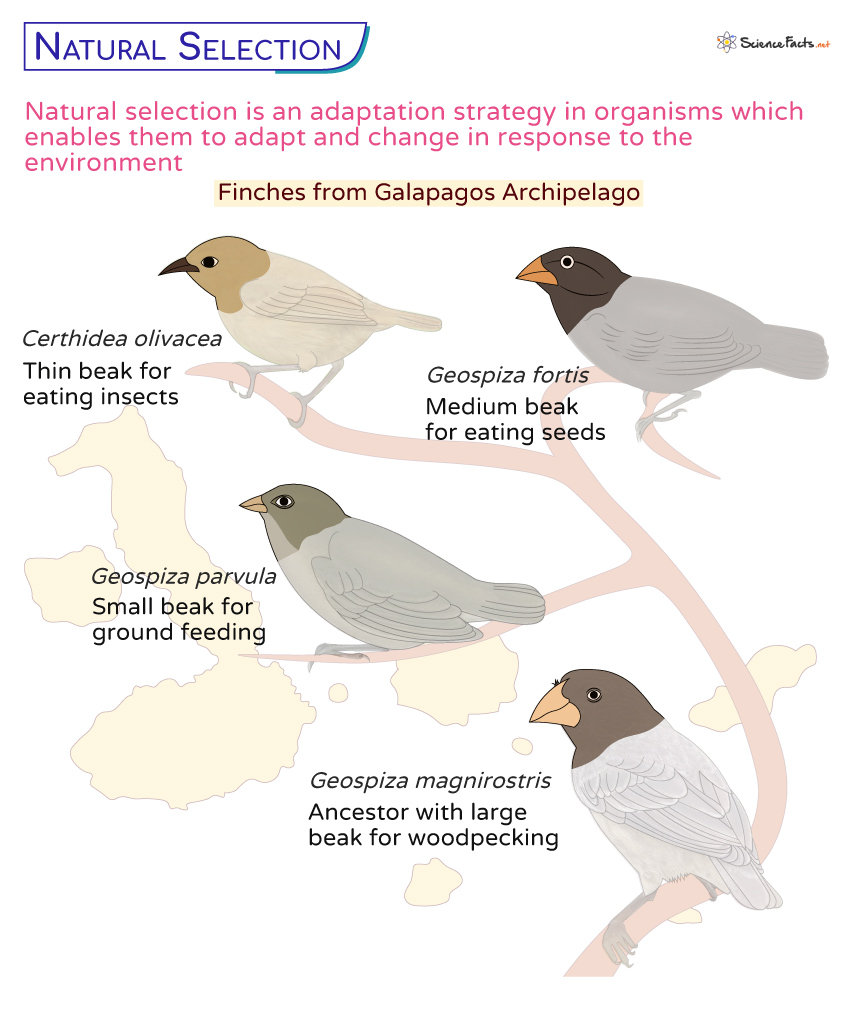
![Which Of The Following Statements About Natural Selection Is True [ANSWERED] Which statement is true about natural selection A It acts on](https://media.kunduz.com/media/sug-question-candidate/20230719183758226520-5782200.jpg?h=512)





